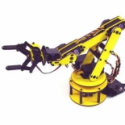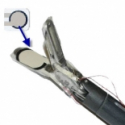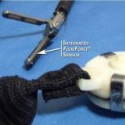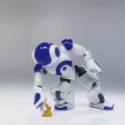Quantify Grip Forces with FlexiForce™ Accurate grip measurement has become increasingly important in today’s world of continued ergonomic improvement and robotic grip applications. Historically, there have been limitations with grip measurement. Load cells are expensive and bulky; pressure films...
Applications
Pressure, Force and Temperature Measurement Applications
Tekscan's force, pressure, and temperature sensors and measurement systems are used in a wide variety of OEM, Research and Development, and Clinical applications. If you don't see your application listed below, contact us to discuss the opportunity.
Displaying 1 - 4 of 4



